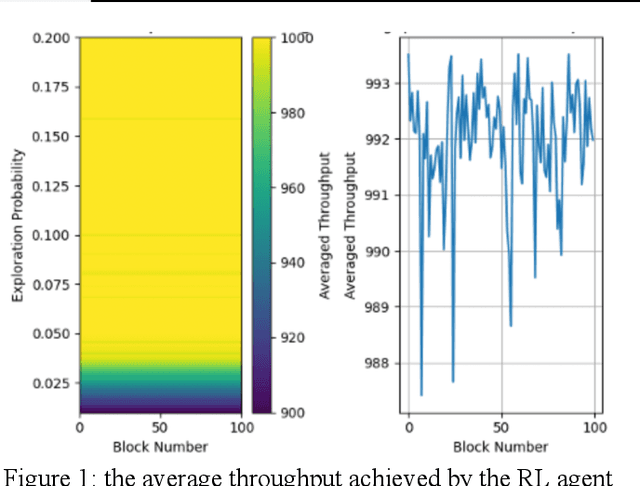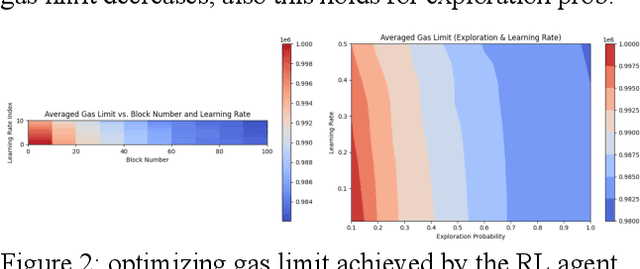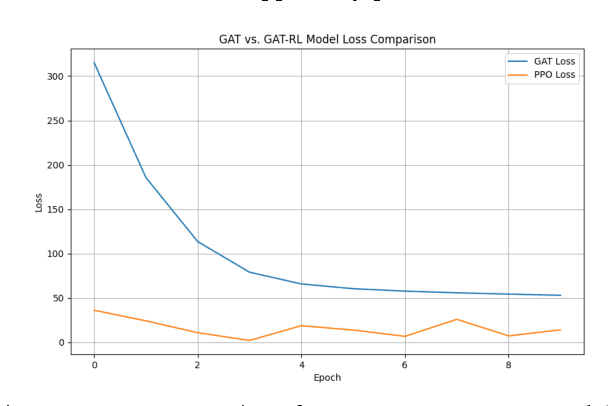Stefan Kambiz Behfar
Architecture of Smart Certificates for Web3 Applications Against Cyberthreats in Financial Industry
Nov 03, 2023Abstract:This study addresses the security challenges associated with the current internet transformations, specifically focusing on emerging technologies such as blockchain and decentralized storage. It also investigates the role of Web3 applications in shaping the future of the internet. The primary objective is to propose a novel design for 'smart certificates,' which are digital certificates that can be programmatically enforced. Utilizing such certificates, an enterprise can better protect itself from cyberattacks and ensure the security of its data and systems. Web3 recent security solutions by companies and projects like Certik, Forta, Slither, and Securify are the equivalent of code scanning tool that were originally developed for Web1 and Web2 applications, and definitely not like certificates to help enterprises feel safe against cyberthreats. We aim to improve the resilience of enterprises' digital infrastructure by building on top of Web3 application and put methodologies in place for vulnerability analysis and attack correlation, focusing on architecture of different layers, Wallet/Client, Application and Smart Contract, where specific components are provided to identify and predict threats and risks. Furthermore, Certificate Transparency is used for enhancing the security, trustworthiness and decentralized management of the certificates, and detecting misuses, compromises, and malfeasances.
Analysis of Information Propagation in Ethereum Network Using Combined Graph Attention Network and Reinforcement Learning to Optimize Network Efficiency and Scalability
Nov 02, 2023



Abstract:Blockchain technology has revolutionized the way information is propagated in decentralized networks. Ethereum plays a pivotal role in facilitating smart contracts and decentralized applications. Understanding information propagation dynamics in Ethereum is crucial for ensuring network efficiency, security, and scalability. In this study, we propose an innovative approach that utilizes Graph Convolutional Networks (GCNs) to analyze the information propagation patterns in the Ethereum network. The first phase of our research involves data collection from the Ethereum blockchain, consisting of blocks, transactions, and node degrees. We construct a transaction graph representation using adjacency matrices to capture the node embeddings; while our major contribution is to develop a combined Graph Attention Network (GAT) and Reinforcement Learning (RL) model to optimize the network efficiency and scalability. It learns the best actions to take in various network states, ultimately leading to improved network efficiency, throughput, and optimize gas limits for block processing. In the experimental evaluation, we analyze the performance of our model on a large-scale Ethereum dataset. We investigate effectively aggregating information from neighboring nodes capturing graph structure and updating node embeddings using GCN with the objective of transaction pattern prediction, accounting for varying network loads and number of blocks. Not only we design a gas limit optimization model and provide the algorithm, but also to address scalability, we demonstrate the use and implementation of sparse matrices in GraphConv, GraphSAGE, and GAT. The results indicate that our designed GAT-RL model achieves superior results compared to other GCN models in terms of performance. It effectively propagates information across the network, optimizing gas limits for block processing and improving network efficiency.
Architecture of Data Anomaly Detection-Enhanced Decentralized Expert System for Early-Stage Alzheimer's Disease Prediction
Nov 01, 2023Abstract:Alzheimer's Disease is a global health challenge that requires early and accurate detection to improve patient outcomes. Magnetic Resonance Imaging (MRI) holds significant diagnostic potential, but its effective analysis remains a formidable task. This study introduces a groundbreaking decentralized expert system that cleverly combines blockchain technology with Artificial Intelligence (AI) to integrate robust anomaly detection for patient-submitted data. Traditional diagnostic methods often lead to delayed and imprecise predictions, especially in the early stages of the disease. Centralized data repositories struggle to manage the immense volumes of MRI data, and persistent privacy concerns hinder collaborative efforts. Our innovative solution harnesses decentralization to protect data integrity and patient privacy, facilitated by blockchain technology. It not only emphasizes AI-driven MRI analysis but also incorporates a sophisticated data anomaly detection architecture. These mechanisms scrutinize patient-contributed data for various issues, including data quality problems and atypical findings within MRI images. Conducting an exhaustive check of MRI image correctness and quality directly on the blockchain is impractical due to computational complexity and cost constraints. Typically, such checks are performed off-chain, and the blockchain securely records the results. This comprehensive approach empowers our decentralized app to provide more precise early-stage Alzheimer's Disease predictions. By merging the strengths of blockchain, AI, and anomaly detection, our system represents a pioneering step towards revolutionizing disease diagnostics.
Probabilistic Sampling-Enhanced Temporal-Spatial GCN: A Scalable Framework for Transaction Anomaly Detection in Ethereum Networks
Sep 29, 2023Abstract:The rapid evolution of the Ethereum network necessitates sophisticated techniques to ensure its robustness against potential threats and to maintain transparency. While Graph Neural Networks (GNNs) have pioneered anomaly detection in such platforms, capturing the intricacies of both spatial and temporal transactional patterns has remained a challenge. This study presents a fusion of Graph Convolutional Networks (GCNs) with Temporal Random Walks (TRW) enhanced by probabilistic sampling to bridge this gap. Our approach, unlike traditional GCNs, leverages the strengths of TRW to discern complex temporal sequences in Ethereum transactions, thereby providing a more nuanced transaction anomaly detection mechanism. Preliminary evaluations demonstrate that our TRW-GCN framework substantially advances the performance metrics over conventional GCNs in detecting anomalies and transaction bursts. This research not only underscores the potential of temporal cues in Ethereum transactional data but also offers a scalable and effective methodology for ensuring the security and transparency of decentralized platforms. By harnessing both spatial relationships and time-based transactional sequences as node features, our model introduces an additional layer of granularity, making the detection process more robust and less prone to false positives. This work lays the foundation for future research aimed at optimizing and enhancing the transparency of blockchain technologies, and serves as a testament to the significance of considering both time and space dimensions in the ever-evolving landscape of the decentralized platforms.
 Add to Chrome
Add to Chrome Add to Firefox
Add to Firefox Add to Edge
Add to Edge